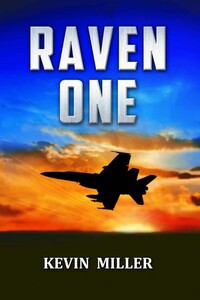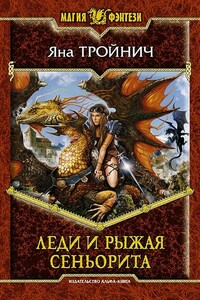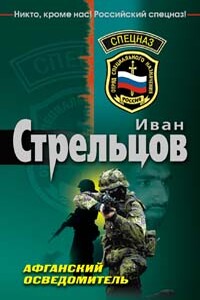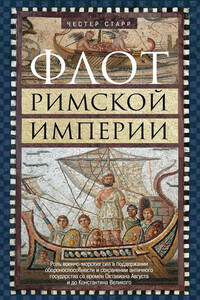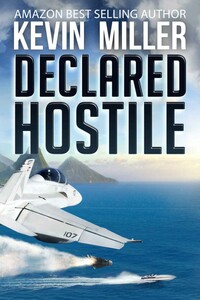Not long after I retired from the Navy, my friend Captain Dave Wooten suggested I write a book. Though flattered I demurred, claiming that my career experience and “war stories” were not particularly noteworthy in comparison to several of my friends. He said, “No, you have stories.” He was right — I do have some stories, and memories.
My goal in writing Raven One is to answer the question I have often been asked: What is it like? This novel, I hope, serves to answer that question, and while it is compelling and entertaining for those who are familiar with the world of carrier aviation, it is written primarily for those who are not. Readers of Raven One are going to experience a deployment as part of a strike-fighter squadron. Not all deployments, however, are the same. Each of the several I made in my career was different, and the scenes in Raven One are not necessarily autobiographical nor are the characters based on actual people with whom I served. That said, I spent years of my life on carriers and each extended deployment took me to the Middle East. The memories of the flight decks, the ready rooms, the bunkrooms, the wardrooms, the training hops, and daily interaction with the finest men and women I’ll ever work with remain vivid.
Before they lead a strike, fighter pilots get a “sanity check” from their seniors and fellow pilots to ensure success. I wish to thank CAPT Chuck “CAP” Nash USN (Ret.) for his invaluable observations on squadron culture, CAPT Rich Thayer USN (Ret.) for his keen thoughts on leadership decision making, and CAPT Kevin “KC” Albright USN (Ret.) for his thorough editing and content suggestions, as well as his observations on leadership. RDML Greg (and Mrs. Liz) Nosal USN (Ret.) were instrumental and enthusiastic in the editing process and storyline improvement, as were CAPT Will Dossel USN (Ret.) and LCDR George Walsh, USNR (Ret.). CAPT Don Gabrielson USN provided vital feedback and suggestions on surface combat and descriptive prose, and CDR Gordon “Dart” Fogg USN (Ret.) was instrumental in explaining modern close air support procedures with which I was not familiar. LCDR Gillian V. Jaeger, MSC USN (Ret.) was also helpful with her excellent observations and suggestions. CAPT George Galdorisi USN (Ret.) and CDR Ward Carroll USN (Ret.), both prolific and accomplished writers in this genre, freely offered solid suggestions and were encouraging to me when the publishing process got me down, as was CAPT Tom Schneider, MC, USN (Ret.) who added sage advice about his experience with modern publishing. Thank you shipmates, one and all. My brother-in-law retired NYPD Lieutenant John Dove, also an accomplished professional writer, provided much appreciated suggestions, observations and encouragement. Throughout the years of writing and refining, my wife Terry — herself a veteran of those deployments but from the perspective of the spouse back home — and my late mother Margaret, also a career Navy wife, provided timely observations and edits in company with the love and support both of them have shown me all my life. I love you!
When Raven One was in need of an editor, I found a superb one in Linda Wasserman of Pelican Press Pensacola. Linda, another Navy wife and mother, had very little background in naval aviation and had not edited a military action-adventure novel such as this one. Once we set out on this journey I did not know what to expect, but soon realized Linda’s exceptional literary knowledge and remarkable attention to detail was vital to make a good manuscript great. We discussed every sentence and did not move on until we found the right combination of words to convey the intended message with precision and flair. Readers of Raven One owe Linda a debt of gratitude, and, had she chosen another avenue for her life, would have made a fine fighter pilot.
Many thanks to Jeff Edwards and the superb authors at Stealth Books for their belief and support. Great to be aboard.
I never flew a perfect flight, and suspect most (honest) pilots haven’t either. While we all strived for perfection, flaws were identified and corrected. If readers find flaws with Raven One, I take full responsibility.
Okay, reader. Are you ready to strap in and head up north?
Glossary of Jargon and Acronyms
1MC — ships public address system
5MC — flight deck loudspeaker system
20mm — Twenty millimeter cannon round, the size of an FA-18 and CIWS bullet, also known as “twenty mike-mike”
AAA — Anti-Aircraft-Artillery; Pronounced “Triple-A”
Afterburner — FA-18 engine setting that provides extra power by igniting raw fuel creating a controlled overpressure. Also known as “burner,” “blower,” “max,” or “light the cans.”
Air Boss — Officer in Primary Flight Control (ship’s control tower) responsible for aircraft operations on deck out to five miles from ship.
AMRAAM — Advanced Medium Range Air-to-Air Missile (AIM-120)
Angels — altitude in thousands of feet. “Angels six” = 6,000 feet
AOM — All Officers Meeting
AOR — Area of Responsibility
